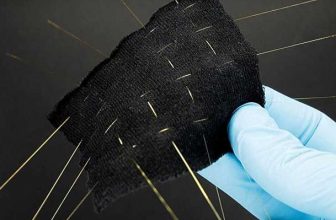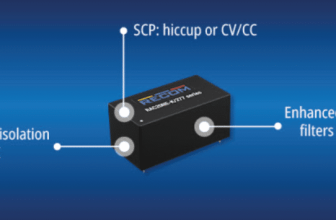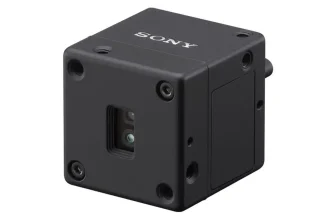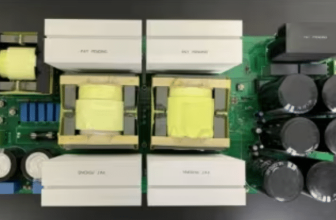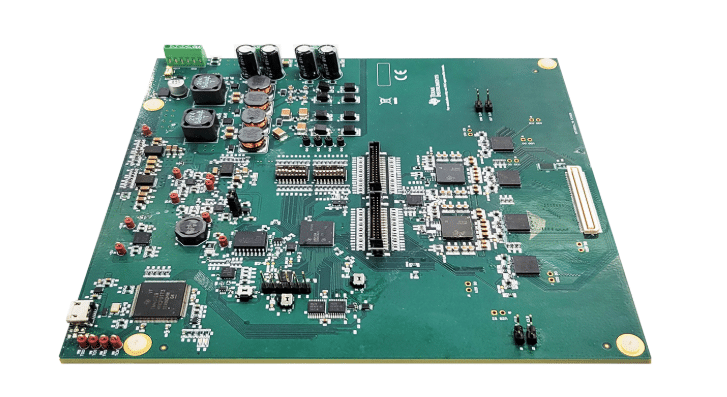
Check out our latest products
This reference design ultimately showcases a scalable, efficient, and high-performance ultrasound transmission architecture.
Ultrasound imaging operates on transmitting high-voltage pulses to excite transducers, which then receive echoes reflected from internal structures within the body. These echoes are converted into electrical signals, and their amplitudes are used to modulate light intensity, creating a visual image. In modern ultrasound systems, B-mode imaging utilizes between 16 to 256 transducers. The larger number of transducers allows for a wider acoustic aperture, which improves lateral resolution, enhances signal-to-noise ratio, and results in better overall image quality. Due to the high number of transducers, many transmitters are required to drive the system effectively.
A reference design TIDA-010256 128 by Texas Instruments (TI) for the ultrasound transmission system incorporates Texas Instruments’ TX7516, a five-level pulse transmitter, alongside the TMUX9832 high-voltage analog switch. This system design supports up to 128 channels, each capable of ±80V pulser output, making it well-suited for high-performance imaging applications. The TX7516 features integrated programmable beamforming, enabling precise control over signal transmission. It offers programmable transistor drive current, which is crucial for optimizing second harmonic distortion performance—a key factor in enhancing image clarity.

To further improve efficiency, the system includes a dynamic power management scheme that reduces transmit power consumption without compromising performance. One of the notable advantages of this design is its fast response: all switch channels can be updated in a single clock cycle due to the interwoven input routing topology. The TMUX9832 switch complements the TX7516 with its 32-channel configuration and its low harmonic distortion, low on-resistance, and low capacitance characteristics. It is specifically engineered for high-voltage environments and is immune to latch-up conditions, ensuring reliable performance under demanding conditions.
For compact and high-channel-count ultrasound analog front-end systems, the TX7516 and TMUX9832 are connected in a 1:4 ratio. This approach reduces the hardware footprint and supports a streamlined design. Furthermore, the design leverages Texas Instruments’ high-efficiency, small-form-factor power modules and SEPIC (Single-Ended Primary Inductor Converter) topologies to minimize the overall power supply size.

The AM243x microcontroller, part of TI’s Sitara™ industrial-grade portfolio, is included in the system for control and processing. It provides high-performance capabilities ideal for industrial applications that require real-time communication and robust processing power. Its integration into the ultrasound system ensures precise control, reliable operation, and compatibility with various medical and industrial imaging solutions, including ultrasound scanners and smart probes.
TI has tested this reference design. It comes with a bill of materials (BOM), schematics, assembly drawing, printed circuit board (PCB) layout, and more. The company’s website has additional data about the reference design. To read more about this reference design, click here.


![[5G & 2.4G] Indoor/Outdoor Security Camera for Home, Baby/Elder/Dog/Pet Camera with Phone App, Wi-Fi Camera w/Spotlight, Color Night Vision, 2-Way Audio, 24/7, SD/Cloud Storage, Work w/Alexa, 2Pack](https://m.media-amazon.com/images/I/71gzKbvCrrL._AC_SL1500_.jpg)



![[3 Pack] Sport Bands Compatible with Fitbit Charge 5 Bands Women Men, Adjustable Soft Silicone Charge 5 Wristband Strap for Fitbit Charge 5, Large](https://m.media-amazon.com/images/I/61Tqj4Sz2rL._AC_SL1500_.jpg)


